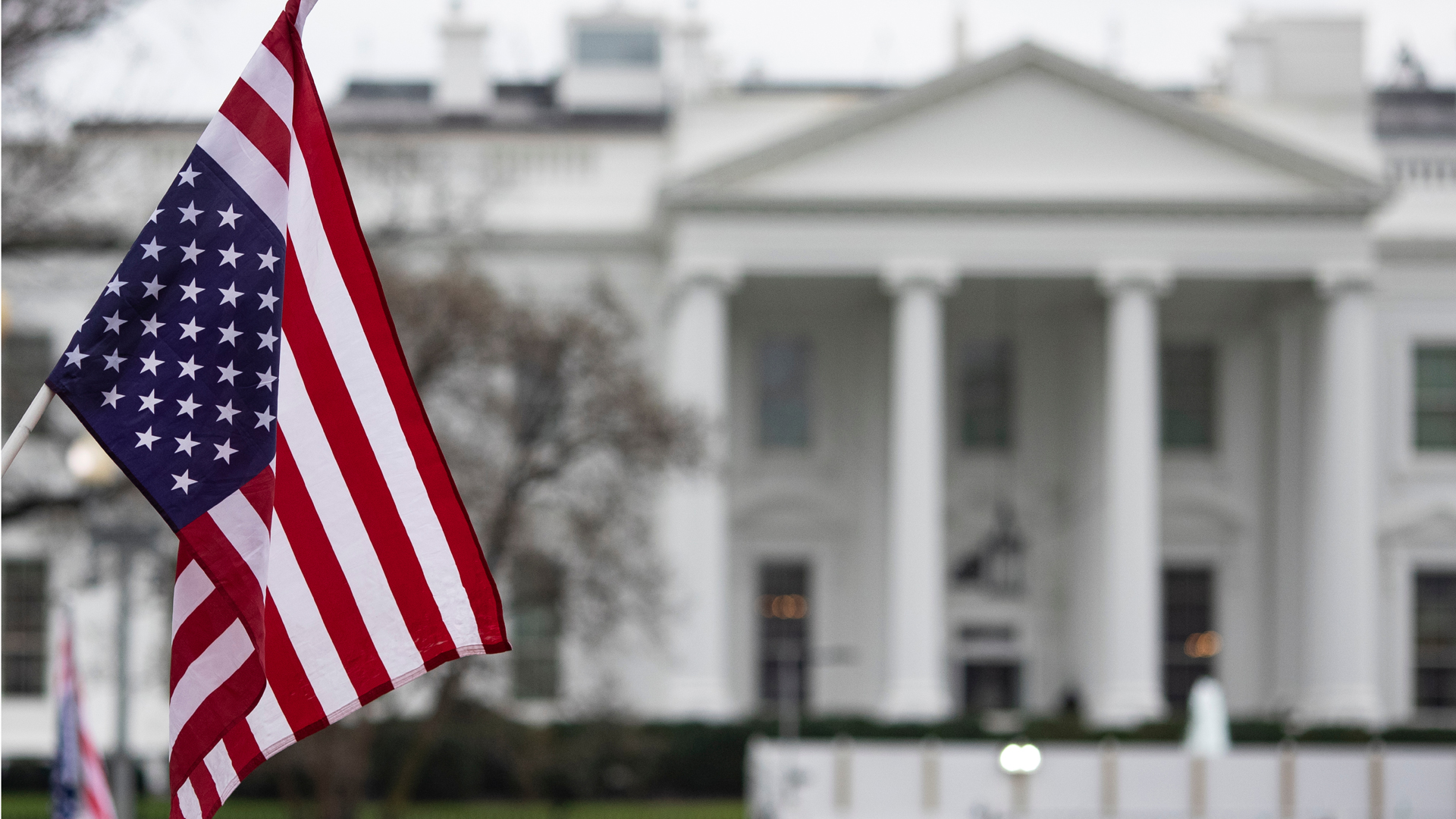Sharp falls in US stocks seemed to quieten the President a little. Yet, with ‘Liberation Day’ approaching, multi-asset equity analyst Emma Letheren notes that companies’ ability to pass on higher costs is about to be tested.

The silence is deafening
Since President Donald Trump’s inauguration on 20 January the tariff/DOGE/ceasefire newsflow has been exhausting to keep up with. The last couple of weeks have felt much quieter.
He might just be busy trying to spearhead a Russia/Ukraine deal, but I wonder if Trump might be taking stock. The S&P 500 peaked at 6,144 just a month after he moved into the White House, and then promptly fell 10%. It has been reported that Trump sees the stock market as a barometer of his success… While the index has recovered somewhat from its fall, it’s not currently grading him ‘A’.
Although we feel confident that deregulation and some US protectionism should support US economic growth, an all-out trade war would certainly be more of a worry. In addition, the way his administration is creating and implementing policies is having an impact – it’s a constantly changing narrative. At the US conference I went to last month, company managers were unsurprisingly careful to not give concrete indications of policy impact… It’s therefore no surprise this volatility has already delayed some purchases and investment by businesses and households. Bank analysts are highlighting the fact that merger and acquisition activity is not recovering as previously expected and Walmart told me their consumer surveys are highlighting a growing sense of uncertainty.
But there was one common element of certainty across my meetings in Orlando Florida, in early March: US companies were confident they can push any tariff-induced cost inflation onto their customers. This makes sense given recent history – many were able to increase prices significantly during the last few years of abnormal inflation as well. Perhaps pricing is also a more important lever today, since many companies pursued COVID productivity programmes, leaving most excess fat in businesses already gone. That means if they can’t pass on those tariffs, this will hit their profit margins and hurt their valuations.
Yet this leaves me wondering if it will be harder for companies to manage cost inflation this time around. More tariffs are reportedly coming on 2 April, dubbed ‘Liberation Day’. So far, they vary by geography and product, leaving companies affected differently. In 2022 and 2023 in comparison, inflation was broad-based. This made businesses and consumers more accepting of price increases. This time round, it may not be so clear cut.
Companies at risk of higher costs from tariffs note that their competitors will be in the same situation. But your competitor isn’t just the one you come up against in a sales pitch. Consumers and businesses are constantly weighing up a range of goods and services to make decisions on their spending priorities. For example, one of our holdings, walkie-talkie manufacturer Motorola, told us that police budgets are 90% labour. Many other industries and households are in similar situations, where labour is a large cost or burden that could be mitigated by paying a bit more on better technology and tools. The labour-saving value of products – rather than their price – is likely to be a more important factor for people weighing budgets.
But what about consumption? If there’s no cost-saving benefit, will consumers and businesses simply respond to higher prices by not buying? We’re no longer coming off years of benign levels of inflation. I’m not the only one feeling ‘inflation fatigue’ – one shocked investor in Orlando retold me his experience of getting a $14 bill for his latte in Miami. For more than a year we’ve seen even the most historically defensive companies in consumer-land struggle with deteriorating demand, such as cosmetics maker L’Oréal (which we own) and fast food giant McDonald’s (which we’ve recently sold).
Businesses have also already been cutting back – if management consultant Accenture’s results are anything to go by – or delaying equipment purchases, according to tractor manufacturer Deere (we own both businesses). There’s been a wave of promises from some companies of a recovery in profits in the second half of this year. But will they be able to deliver if their customers are faced with another wave of price hikes?
If Trump is taking stock and is being influenced by a stock market that’s losing patience, that can only be a good thing, in my view. In the meantime, we prefer to remain invested in companies with good pricing power, which sell mission-critical or cost-saving products and services and enjoy diversified supply chains. It feels safer there.
Tune in to The Sharpe End - a multi-asset investing podcast from Rathbones. You can listen here or whenever you get your podcasts. New episodes monthly.








